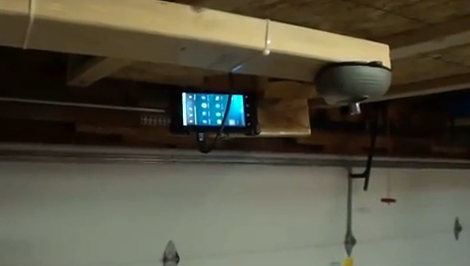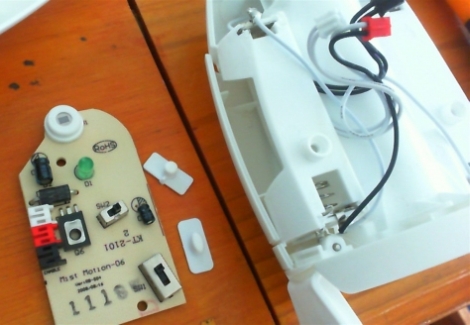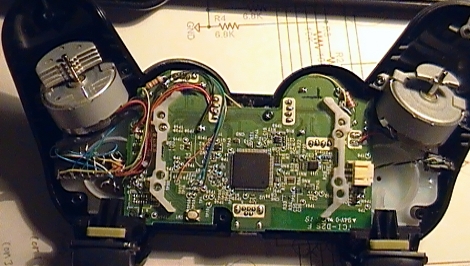
[Sean] happened to have an extra Android phone sitting around and wanted to see what type of home automation he could use it for. One simple hardware modification, and some apps from the Android Market let him monitor and control his garage door remotely.
The hardware modification is a hack we’ve already looked at. The BTmate uses a Bluetooth headset with an added transistor to short the connections on your garage door opener. The only issue is that you need to be within range for the Bluetooth to work. [Sean] adds a layer of abstraction by using two Android phones. One is permanently mounted in the garage and handles the Bluetooth connectivity, while the other uses VNC to tunnel in anywhere he has an Internet connection.
But why stop there? He knew that this one feature was overkill, and added a second which the phone was perfect for. Since it has its own camera, he used the tinyCam app to create a webcam server. This even allows him to turn the LED on and off for a better view in dim light conditions. See [Sean’s] demonstration after the break.
Overkill? Maybe, but if you’ve got a phone with a broken LCD, this might be just the thing to give it a new purpose.
Continue reading “Garage Door Monitoring And Control Using A Dedicated Android Phone”















